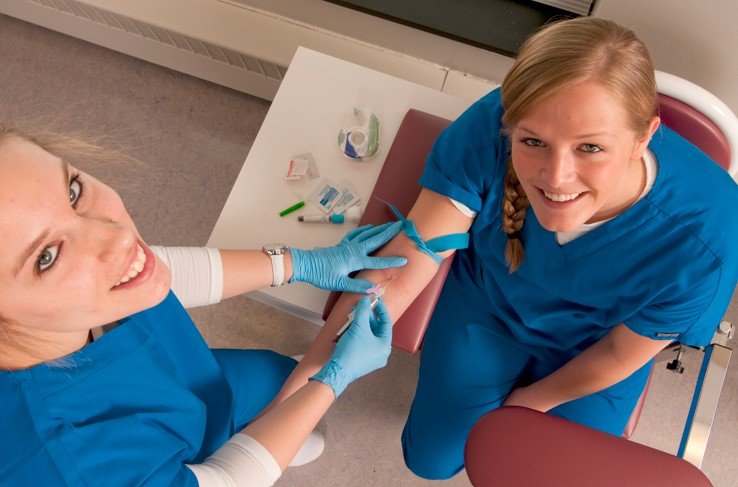Challenges and Strategies for Implementing New Supply and Equipment Management in US Hospitals: Insights from International Nursing Conferences
Summary
- Hospitals in the United States face challenges in implementing new supply and equipment management strategies from international nursing conferences.
- These challenges include regulatory differences, budget constraints, and cultural barriers.
- Collaboration and communication is key to overcoming these challenges and successfully implementing new strategies.
Introduction
Hospitals in the United States are constantly seeking ways to improve their supply and equipment management strategies to enhance patient care and streamline operations. One way they do this is by looking to international nursing conferences for innovative ideas and best practices. However, implementing these new strategies can pose several challenges for hospitals in the US.
Potential Challenges
Regulatory Differences
One of the main challenges hospitals face when implementing new supply and equipment management strategies from international nursing conferences is navigating regulatory differences. Each country has its own set of Regulations and standards when it comes to healthcare equipment and supplies. What may work in one country may not be compliant with Regulations in the US, leading to difficulties in implementation.
Budget Constraints
Another challenge hospitals face is budget constraints. Implementing new supply and equipment management strategies can require a significant investment in new technology, training, and infrastructure. Hospitals may struggle to find the funds necessary to make these changes, especially if they are already operating on tight budgets.
Cultural Barriers
Cultural barriers can also present challenges when implementing new strategies from international nursing conferences. Different cultures may have different approaches to healthcare and management, which can lead to misunderstandings and resistance to change. Hospitals in the US must work to overcome these cultural barriers to successfully implement new strategies.
Overcoming the Challenges
Collaboration
One of the key ways hospitals can overcome the challenges of implementing new supply and equipment management strategies is through collaboration. By working together with international partners and experts, hospitals can gain valuable insights and guidance on how to adapt strategies to meet US Regulations and standards.
Communication
Effective communication is also crucial in overcoming challenges. Hospitals must clearly communicate their goals, challenges, and needs to international partners to ensure that everyone is on the same page. Regular communication and feedback can help to address issues as they arise and keep the implementation process on track.
Training and Education
Providing training and education to staff is essential for successfully implementing new strategies. Hospitals must invest in training programs to ensure that staff are familiar with the new processes and technologies. This will help to minimize resistance to change and ensure that the new strategies are effectively implemented.
Conclusion
While implementing new supply and equipment management strategies from international nursing conferences can present challenges for hospitals in the United States, these challenges can be overcome with collaboration, communication, and training. By working together with international partners and experts, hospitals can successfully adapt and implement new strategies to improve patient care and streamline operations.

Disclaimer: The content provided on this blog is for informational purposes only, reflecting the personal opinions and insights of the author(s) on the topics. The information provided should not be used for diagnosing or treating a health problem or disease, and those seeking personal medical advice should consult with a licensed physician. Always seek the advice of your doctor or other qualified health provider regarding a medical condition. Never disregard professional medical advice or delay in seeking it because of something you have read on this website. If you think you may have a medical emergency, call 911 or go to the nearest emergency room immediately. No physician-patient relationship is created by this web site or its use. No contributors to this web site make any representations, express or implied, with respect to the information provided herein or to its use. While we strive to share accurate and up-to-date information, we cannot guarantee the completeness, reliability, or accuracy of the content. The blog may also include links to external websites and resources for the convenience of our readers. Please note that linking to other sites does not imply endorsement of their content, practices, or services by us. Readers should use their discretion and judgment while exploring any external links and resources mentioned on this blog.
